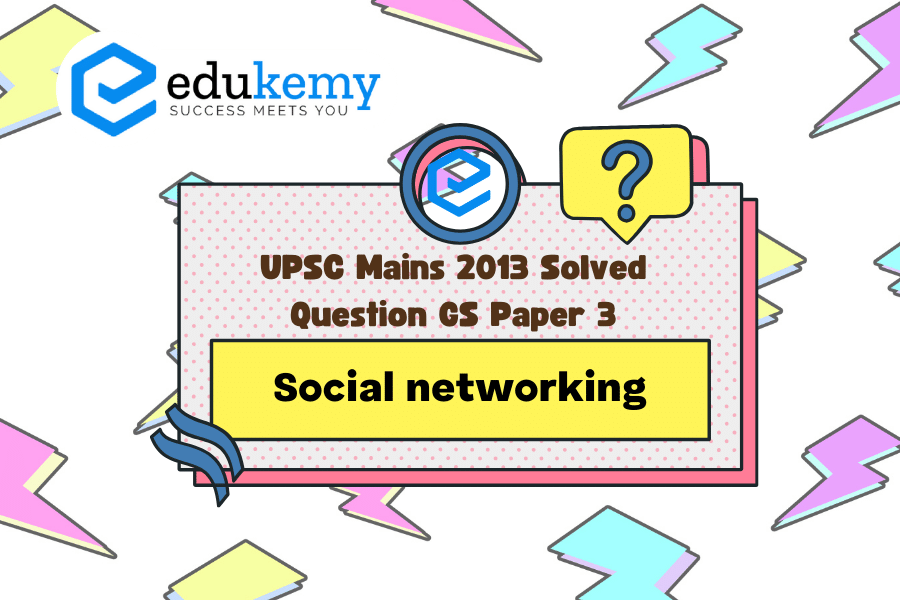Social networking sites have become integral parts of modern society, serving as platforms for individuals to connect, communicate, and share information with others globally. These platforms, such as Facebook, Twitter, Instagram, and LinkedIn, facilitate interactions ranging from personal conversations to professional networking. However, alongside their convenience and utility, social networking sites also pose significant security implications. One major concern is the risk of personal data exposure and privacy breaches. Users often share vast amounts of personal information, including their location, interests, relationships, and even financial details, making them potential targets for cybercriminals seeking to exploit this data for malicious purposes such as identity theft or targeted advertising. Additionally, the proliferation of fake accounts and online scams on these platforms further amplifies the risks, as unsuspecting users may fall victim to phishing attempts or fraudulent schemes. Moreover, social networking sites can be breeding grounds for cyberbullying, harassment, and misinformation, leading to negative psychological effects and social unrest. Furthermore, these platforms have been criticized for their opaque data collection practices and lack of transparency in handling user data, raising concerns about user consent and data sovereignty. In summary, while social networking sites offer unparalleled opportunities for connectivity and communication, their inherent security vulnerabilities necessitate vigilance and proactive measures to safeguard user privacy and security in the digital age.
Tag: Challenges to Internal Security through Communication Networks, Role of Media and Social Networking Sites in Internal Security Challenges, Basics of Cyber Security; Money-Laundering and its prevention.
Contents
Decoding the Question:
- In the Introduction, define social networking sites.
- In Body,
- Write about some data relating to social networking users and Internet Penetration.
- Discuss threats of social networking sites to national security.
- In Conclusion, try to conclude writing the needs and some suggestions with focus on Digital India.
Answer:
Social media can be defined as any web or mobile based platform that enables an individual or agency to communicate interactively and enables exchange of user generated content.Connectedness, Collaboration and Community can be identified as critical characteristics of social media. Social networking sites have an immense role in recent developments across the globe with special reference to incidents in Egypt, Libya and Tunisia. Social networking sites are influential, empowering and to some extent more democratic.
Internet Penetration and Security Implications:
- There were 624.0 million internet users in India in January 2021. The number of internet users in India increased by 47 million (+8.2%) between 2020 and 2021. Internet penetration in India stood at 45.0% in January 2021.
- The report by the Internet and Mobile Association of India says, “The fact that almost two thirds of the users are already accessing social media through their mobiles is a promising sign.
Role played in internal security challenges:
- Social networking sites are being used to transmit hate speech, recruit youth for terrorist activities (ISIL).
- The biggest challenge for the internal security of a nation through social networking site is cyber terrorism. It is simply the use of computer network tools to damage vital national infrastructures.
- Social networking sites also pose major challenges in financial and organized crime which destabilizes the system. The organized criminal groups have found in social networks a forum to position themselves in the popular culture as an alternative lifestyle.
- Honey trapping via social media also poses a threat to national security.

Social media sites can also help in internal security positively:
- Help reach government programs to the remote areas and cater to their grievances.
- Several district administrations use it for better service delivery. E.g. Karnataka police, uses the medium for traffic management and information dissemination, It had also started leveraging social media to solve criminal cases establishing a ‘HelpKarnatakaCID’
- Use of social media as a force multiplier for internal cohesion.
- The Social Media Labs Project: The Maharashtra Police set up a pilot project to track activity on social media to gauge public moods on issues and ‘step-up its preparedness’ in anticipating and handling sudden flare ups.
Recommendations For Future Frameworks:
- Institutionalise the blueprint for a National Social Media Policy.
- Implement and institutionalise the Framework of Guidelines on social media engagement.
- Create awareness on the Challenges posed by social media.
- Create organisational ecosystems, circumvent hierarchies, encourage outreach.
- Empower agencies, build talent, and use specialists.
- The National Cyber security Policy, 2014 must be regularly upgraded to tackle the upcoming challenges.
Digital India has given a big thrust to knowledge-based economy and digitalisation has taken its new forms and shapes. Rising use of digital tools has led to spreading of misinformation. For example- Delhi riots, Jawaharlal Nehru University, Jamia university violence, have proved the potential threats to national security. In Kashmir extremist groups and terrorists are using social networking sites for spreading their agendas and carry forward terrorist attacks. It is high time to come with National policy on tackling social media related threats to national security.
In case you still have your doubts, contact us on 9811333901.
For UPSC Prelims Resources, Click here
For Daily Updates and Study Material:
Join our Telegram Channel – Edukemy for IAS
- 1. Learn through Videos – here
- 2. Be Exam Ready by Practicing Daily MCQs – here
- 3. Daily Newsletter – Get all your Current Affairs Covered – here
- 4. Mains Answer Writing Practice – here


